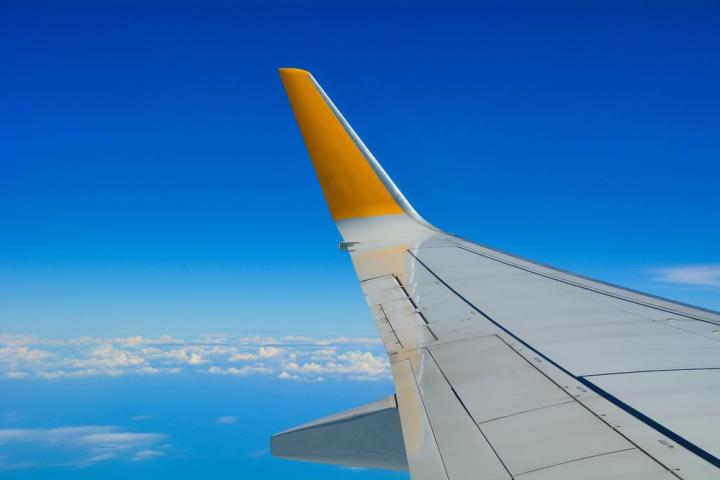
NASA hasn’t made any concrete predictions of just how much time and energy TAP will save airlines, but it seems reasonable to assume that for transoceanic voyages with flight times of more than 10 hours, the reduction will be significant. But as earlier studies have noted, even saving a few minutes really adds up, particularly in terms of environmental impact.
“The system is meant to help pilots make better route requests that air traffic controllers can more often approve,” David Wing, the TASAR project lead, said. “This should help pilots and controllers work more effectively together and reduce workload on both sides arising from un-approvable requests.”
The TASAR software and TAP app have already been tested twice by NASA itself, and in one trip between Virginia to Kentucky, the innovation saved the pilot a solid four minutes. Considering that such a flight normally takes just about or over an hour, four minutes is actually pretty decent. By using real-time weather conditions, wind forecast updates, and restricted airspace status (for planes with Internet connectivity), the government agency believes that their latest invention could make a serious impact on the future of flying.
“Up until now there has been no way to deliver comprehensive wind and congestion data to pilots in near-real time,” Tom Kemp, Alaska Airlines’ vice president of operations in Seattle, said. “It is a ‘super app’ that will give our pilots better visibility to what’s happening now versus three hours earlier when the flight plan was prepared.” Ultimately, NASA says, TASAR and TAP have the capacity to “revolutionize the national airspace system, reducing delays and environmental impacts and improving passenger comfort and efficiency.” And at the end of the day, if we’re more comfortable, what more could we want?
Editors' Recommendations
- Google now lets you know the best time to book a cheap flight
- Check your inbox — Google may have invited you to use Bard, its ChatGPT rival
- If you use PayPal, your personal data may have been compromised
- Want an RTX 4080? Nvidia may have a way to make it easier to get
- Have MacBook keyboard problems? Apple may owe you some money


